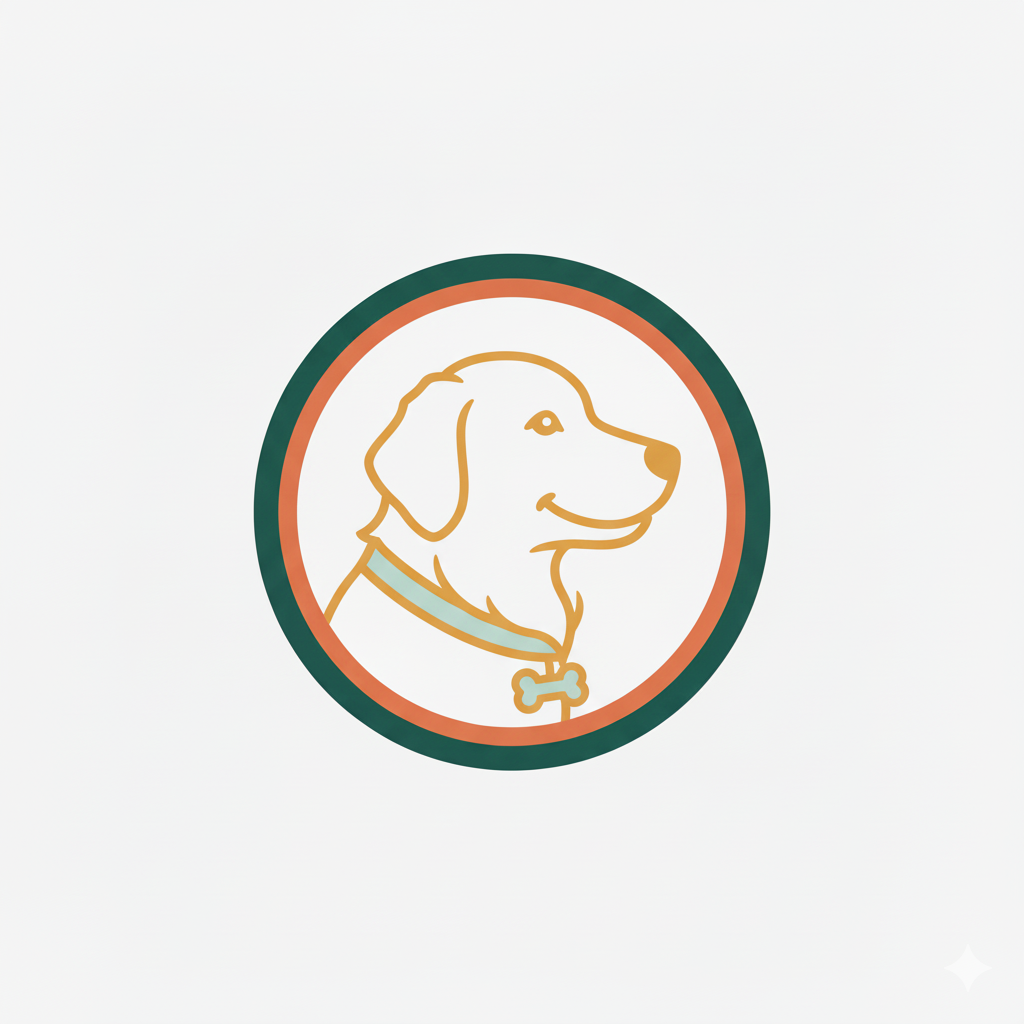Impact of Domestic and Feral Cats on UK Wildlife
Understanding the effect of cats on native species in the UK requires examining both domestic and feral populations. The UK hosts an estimated 10 million pet cats alongside millions of feral cats living in the wild. This widespread presence means cats and UK wildlife frequently interact, often to the detriment of local fauna.
Scientific studies clearly document the cat predation UK scene, revealing that these predators kill millions of wild animals each year. Birds and small mammals bear the brunt of this impact, with ground-nesting bird species particularly vulnerable due to their accessibility. Research shows that even well-fed domestic cats often hunt instinctively, contributing significantly to wildlife decline.
In parallel : How Can Cats Impact Biodiversity and Ecosystems in the UK?
The predation pressure from cats disrupts ecosystem balance by reducing numbers of native species, some of which are already at risk. This effect of cats on native species extends beyond individual kills, affecting breeding success and population sustainability. In short, the scale of cat populations combined with their hunting behavior forms a complex challenge for UK wildlife conservation efforts.
Conservation Challenges Posed by Cats
Cats, particularly in the UK, present significant conservation challenges through their predation habits. Studies on cat predation statistics UK reveal that domestic and feral cats kill millions of native birds, small mammals, and reptiles annually. This predation poses a direct threat to vulnerable and endangered species, disrupting fragile ecosystems and accelerating biodiversity loss.
Topic to read : What Are the Unique Qualities That Make Cats Fascinating Pets?
Ecological imbalance caused by cats results in reduced populations of native wildlife, which can cascade into wider environmental consequences. For example, a decline in small mammals due to cat hunting affects predator-prey relationships and the natural food chain. As a consequence, native species that depend on these small mammals may suffer, further straining the ecosystem.
The role of cats as invasive species is controversial. Some experts argue that because cats are non-native and cause substantial harm to indigenous species, they should be classified as invasive species. However, others emphasize that cats have been present in the UK for centuries and domestication blurs this classification. Despite the debate, there is consensus that cats pose threats to UK biodiversity that need careful management to protect native wildlife effectively.
Conservation Policies and Public Debate
small text
The UK conservation policies on cats focus on balancing wildlife protection with animal welfare. Legislation often aims to manage the impact of free-roaming cats on native species, particularly birds. These policies typically recommend cat control strategies such as keeping cats indoors during key breeding seasons or using deterrents to limit hunting, rather than widespread culling.
Public attitudes toward cat management vary significantly. Many cat owners and animal welfare groups advocate for non-lethal approaches, emphasizing the ethical concerns of killing or trapping free-roaming cats. This perspective promotes measures like microchipping, neutering programs, and community education. However, conservationists often argue for stricter controls when cats threaten vulnerable wildlife, leading to ongoing debates about the best methods.
Ethically, lethal and non-lethal management approaches raise important questions. Non-lethal methods are widely preferred, but their effectiveness can be limited. Conversely, lethal strategies may reduce predation more immediately but carry strong opposition due to animal welfare considerations. The challenge lies in finding cat control strategies that protect wildlife while respecting public sentiment and ethical standards.
Conservation Strategies and Cat Management Initiatives
Trap-Neuter-Return (TNR programs UK) are a cornerstone in cat population management efforts. These programs involve trapping feral cats, neutering them, and then returning them to their original locations. This approach helps control the population without resorting to culling, reducing the number of litters over time. TNR programs UK are proven to stabilize and gradually decrease feral cat populations, benefiting both cats and local wildlife.
Education campaigns promote responsible pet ownership, encouraging practices such as microchipping, neutering, and keeping cats indoors or supervised outside. These campaigns raise awareness of the impact free-roaming cats can have on native species, forming a crucial part of the UK’s wildlife protection efforts.
Successful management relies on strong collaboration. Conservation organisations and animal welfare groups work hand in hand to coordinate TNR, public education, and monitoring initiatives. This cooperative approach ensures cat welfare while protecting vulnerable wildlife habitats. By integrating these strategies, the UK creates a balanced, ethical path forward in cat population management and conservation.
Perspectives from UK Conservation Organisations
Various UK wildlife organisations have taken nuanced positions on the issue of domestic cats and their impact on wildlife. The RSPB (Royal Society for the Protection of Birds), for instance, recognizes the need to protect vulnerable bird species but also emphasizes responsible cat ownership rather than advocating for drastic restrictions. Their approach encourages keeping cats indoors during peak bird breeding seasons to reduce predation risks without compromising cat welfare.
Similarly, the Wildlife Trusts cat policies stress a balance between safeguarding local fauna and respecting cats as companion animals. Many trusts advocate for community education programs that promote measures such as cat collars with bells, designed to alert wildlife to nearby cats. These policies reflect an understanding that effective conservation requires cooperation between pet owners and wildlife advocates.
In response to these complex dynamics, UK conservation organisations are supporting ongoing research that aims to clarify the true extent of cat-related predation and the best interventions to minimize harm. Promising future directions include studies on the effectiveness of mitigation tools, and broader ecological assessments to inform adaptive management techniques. This evolving dialogue highlights the commitment of UK wildlife organisations to both animal welfare and biodiversity conservation.
